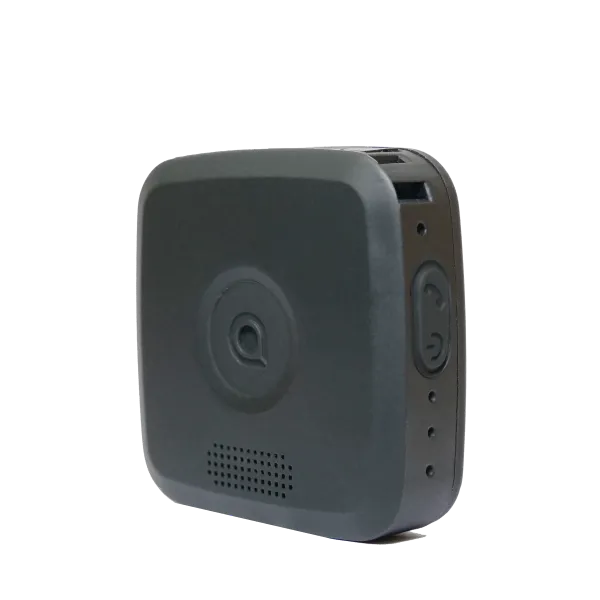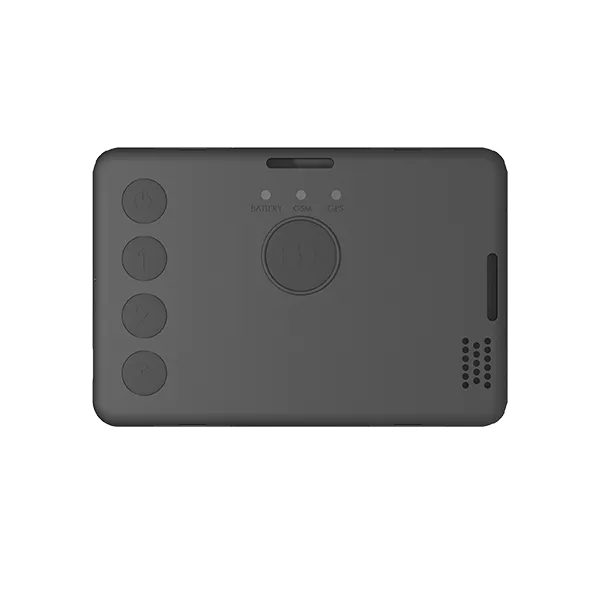
Lone Worker Safety in Education | Protecting Teachers & School Staff
Explore the safety features designed to support education staff — from GPS tracking to discreet panic alarms — helping to protect teachers, support workers, and caretakers working alone or in isolated areas.
Lone Worker Safety in Schools: Protecting Teachers with Technology

"Our aim is to ensure our staff get home safe. The SoloProtect device helps us do that."
Read the case study
"The ID device is easy to wear, simple to use, and looks like something that an engineer might be wearing anyway, meaning clients are unlikely to question its purpose."
Read the case studyWhat is lone worker safety for teachers, and why does it matter in schools?
Lone Worker Security for Teachers refers to safety measures and devices designed to protect educators and school staff who often work alone and face unique risks, including verbal and physical abuse and potential violence. It is crucial because workplace violence and incidents within the education sector have been on the rise. Teachers need protection against threats from students, environmental emergencies, and other hazards they may encounter while working alone.
How do lone worker devices help schools comply with safeguarding policies?
Lone worker safety devices support a school’s safeguarding strategy by enabling fast response to incidents, ensuring vulnerable staff are not left unsupported, and providing audio evidence to verify reports. This promotes accountability and demonstrates the school’s commitment to protecting its employees under UK health and safety laws.
How can teachers discreetly raise the alarm during a violent or high-risk situation?
Deploying lone worker technology can help to keep UK teachers safe. A SoloProtect lone worker device gives a teacher a means to discreetly call for help in an emergency at the push of a Red Alert button – without needing to call 999 that could potentially aggravate a situation.
This opens a call with our Monitoring Centre where operators will listen in to the incident, establish the severity and then send an appropriate response. This could be alerting the police, ambulance service, or school security, for example.
How can schools improve staff safety using mass communication tools like Risk Messaging?
Schools can use Risk Messaging to quickly and discreetly communicate with staff during emergencies, such as lockdowns, severe weather, or security threats. It allows administrators to send mass alerts, provide real-time instructions, and ensure staff stay informed—through the SoloProtect Mobile App, even when phones are on silent. Risk Messaging also supports lockdown drills, helping schools improve preparedness and meet key safety communication requirements.
You can find government templates for school and college security protocols including lockdown drills on the gov.uk website.
Our Resources

.webp)
.webp)













.svg)
.svg)

.svg)
.svg)
.svg)
.svg)
.svg)





